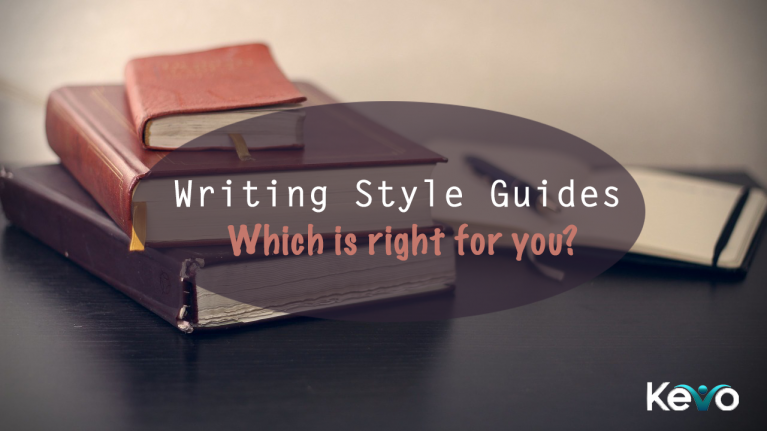There are a multitude of different grammar and writing style guides available on the market. Each guide is appropriate to use, and you can’t go wrong as long as you choose a specific style guide and stick to it. However, I won’t deny that this process can be frustrating. It’s part of the English language. If you can write “that that” in a sentence then you have to accept that there are multiple correct ways to write the same sentence. The following blog will hopefully grant you a little bit of insight into the three main style guides and help you choose the right guide for you.
APA Style (http://www.apastyle.org/)
APA stands for the American Psychological Association. This style focuses on the rules of style for scientific writing and is excellent for citing sources. The APA Style is found within academic writing. If you’re a student at University, you’re most likely going to use APA Style for your class papers. If you’re a professor or Ph.D. student, your dissertations and research papers are going to be written in APA Style. The key elements of this style help:
- express quantitative results
- choose and use appropriate graphic forms for analyses
- report critical research details
- describe individuals appropriately
With the APA Style guide, the focus is on presenting research and analytical data in a clear and concise manner.
AP Style (https://www.apstylebook.com/)
AP stands for Associated Press and is considered the journalists bible. If you’re a reporter, broadcaster, magazine writer, or PR content creator, you follow the AP Style guide. In fact, if you work within the news and media industry at all, the AP Stylebook is considered your industry standard guide. The key elements of this style help:
- save print space by offering short-form advantages
- reference libel law, business writing, sports, crime, and firearms
- avoid stereotypes and unintentionally offensive language
With the AP Stylebook, the focus is on consistency, clarity, accuracy, and bevity—everything you need to write like a journalist.
MLA Guide (http://www.mla.org/)
MLA stands for the Modern Language Association and similar to APA, is found most often in scholarly writing, typically the liberal arts and humanities. While APA is found in scientific writing, if you’re an English major, an art history professor, or music theory Ph.D. then MLA Style is the guide for you. The key elements of this style help:
- properly reference sources through parenthetical citations
- prepare papers, essays, and manuscripts for publication
With the MLA Style Guide, the focus is on ensuring that writers are protected from accusations of plagiarism.
CMOS (http://www.chicagomanualofstyle.org/)
CMOS stands for the Chicago Manual of Style and is considered the publishers’ style guide. If you are an author or a book editor, then CMOS is the style guide for you. It’s often been referred to as the “editors’ bible” and covers a variety of topics from manuscript preparation to grammar, usage, and documentation. The key elements of this style help:
- publishers of books and journals
- by allowing the mixing of formats as long as the style is consistent and clear
- with the most comprehensive details on the market
With CMOS, the focus is on providing you with a style and format for anything under the sun. CMOS is one of the oldest and most comprehensive guides available.
Personally, since I started my professional career, I’ve used CMOS as my go-to guide book. Yes, it is a gigantic resource, and it can be difficult to scour, but as an aspiring author and a writer who LOVES books, CMOS is my editing and writing bible. In the end, it’s up to you to decide what works best for your writing style. It’s also important to write for your industry. It’s a terrible idea to be so focused on your chosen style guide, that you refuse to use the style guide that best fits your industry.





















